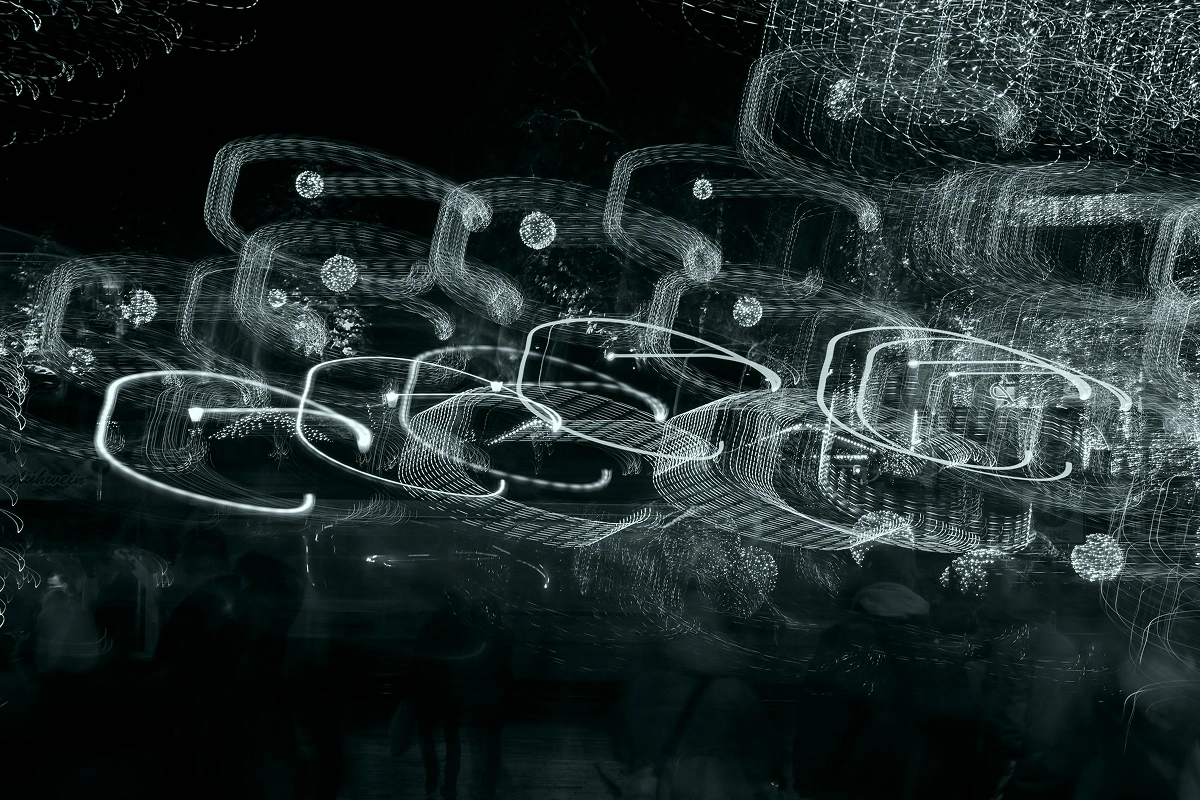From Seeing to Understanding
Data/AI
Images as dynamic, data-rich inputs

For decades, images have been treated as evidence, something to review, verify, or store. Now, with the maturation of computer vision and generative AI, images have become inputs - data points that can trigger workflows, decisions, and transactions.
A photo no longer just shows what happened; it can now tell a system what to do next.
Example: Auto Claims Reinvented by Vision
In auto insurance, a car accident once meant waiting for adjusters, endless forms, and long settlement cycles. But what if a photo could handle it all?
Working with a cross-functional engineering team, we built a computer vision solution that allowed drivers to:
Snap a photo of a damaged vehicle.
Get instant identification of impact zones.
See real-time cost estimates based on the severity of damage.
Generate a digital record that integrates directly into the insurer’s claims system.
No specialized hardware. No human intervention. Just a smartphone camera, AI, and a fully automated backend.
The next stage went further. We have expanded into contextual intelligence. The same system began to interpret accident scenarios to suggest liability, helping insurers not only process claims faster but also resolve them more fairly.
What started as a photo became a structured, actionable dataset, a visual API call to an entire workflow.
From Manual Inputs to Visual Triggers
This evolution represents something much bigger than insurance. Across industries, images are becoming dynamic, data-rich inputs that activate automated processes:
In manufacturing, a camera detects a defect and automatically triggers a maintenance order.
In logistics, a photo of damaged cargo initiates a return workflow and supplier claim.
In construction, drone images feed into project tracking systems, updating progress reports in real time.
In healthcare, a diagnostic image can instantly launch treatment or billing workflows.
Each case turns vision into an operational signal, a digital handshake between the physical and digital worlds.
Why It Matters
Traditional automation depends on structured data such as forms, checkboxes, and APIs. Visual workflows break that limitation. They let businesses act on unstructured reality — anything a camera can see.
By embedding AI vision into business systems, companies can:
Replace manual inspections with autonomous detection.
Eliminate human error and bias in critical processes.
Capture events instantly as they happen.
Shorten cycle times from weeks to minutes.
The result isn’t just efficiency. It’s a new mode of perception for organizations - systems that don’t wait for input but see and act.
The Future: Every Camera Becomes a Gateway
As edge computing, IoT, and generative AI converge, every camera, from a smartphone to a factory sensor, becomes a decision node. The image becomes the API: a universal interface between the physical world and digital infrastructure.
In this future, vision is the new data layer, a layer that understands, interprets, and triggers change.
The next wave of automation won’t be typed or clicked. It will be seen. Images are no longer passive records; they are active agents in workflows. And for forward-looking industries, that means a single picture can now set an entire system in motion.